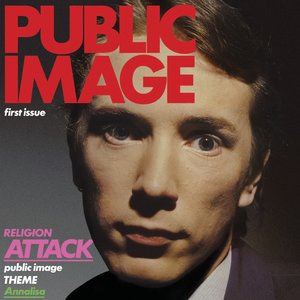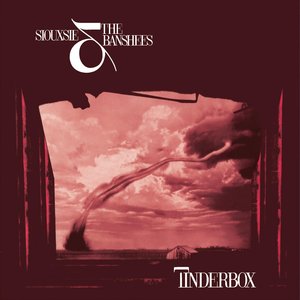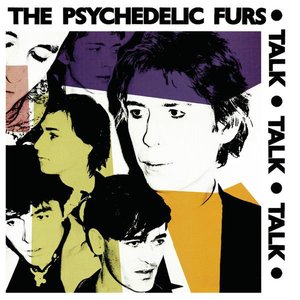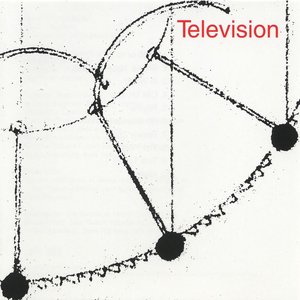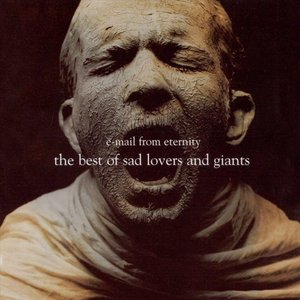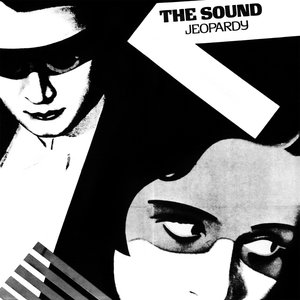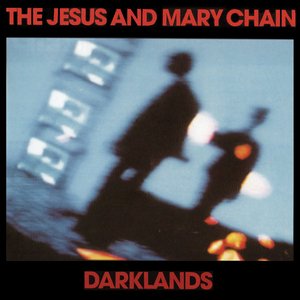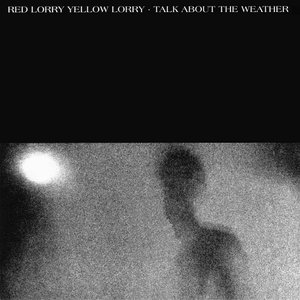Wiki
-
Release Date
1 June 1979
-
Length
10 tracks
Unknown Pleasures is the debut studio album by English rock band Joy Division, released on 15 June 1979 on Tony Wilson's Factory Records. It followed an abandoned session for RCA Records, and was recorded and mixed over three weekends at Strawberry Studios, Stockport in April 1979 with record producer Martin Hannett. The cover artwork was designed by artist Peter Saville.
Factory did not release any singles from the album, and it did not chart despite the relative success of the group's non-album debut single "Transmission". Unknown Pleasures has gone on to receive sustained critical acclaim as a pioneering and influential post-punk album. It has been named as one of the best albums ever by publications such as NME, AllMusic, and Select.
Unknown Pleasures was recorded at Strawberry Studios in Stockport over three weekends between 1 and 17 April 1979, with Martin Hannett producing. Describing Hannett's production techniques, Hook said, " didn't think straight, he thought sideways. He confused you and made you do something you didn't expect." Hook went on to say, "Derek Bramwood of Strawberry Studios said that you can take a group that have got on brilliantly for 20 years, put them in a studio with Martin and within five minutes, they'll be trying to slash each other's throats." However, Hook went on to say that Hannett was only as good as the material he had to work with, "We gave him great songs, and like a top chef, he added some salt and pepper and some herbs and served up the dish. But he needed our ingredients."
Hannett used a number of unusual sound effects and production techniques on the album; including the sound of a bottle smashing, someone eating crisps, backwards guitar and the sound of the Strawberry Studios lift with a Leslie speaker "whirring inside". He also used the sound of a basement toilet, as well as several AMS 15-80s digital delays and a couple of Marshall Time Modulators, tape echo and bounce. Hannett recorded Curtis's vocals for "Insight" down a telephone line so he could achieve the "requisite distance". Referring to the recording sessions, Hook remembered, "Sumner started using a kit-built Powertran Transcendent 2000 synthesiser, most notably on 'I Remember Nothing', where it vied with the sound of Rob Gretton smashing bottles with Steve and his Walther replica pistol." In his words, "Morris … had invested in a syndrum because he thought he saw one on the cover of Can's Tago Mago: "you triggered it by hitting it. frowned on it because he wasn't the one doing the triggering."
The band members' opinions differed on the "spacious, atmospheric sound" of the album, which did not reflect their more aggressive live sound. Sumner said, "The music was loud and heavy, and we felt that Martin had toned it down, especially with the guitars. The production inflicted this dark, doomy mood over the album: we'd drawn this picture in black and white, and Martin had coloured it in for us. We resented it …" Hook said, "I couldn't hide my disappointment then, it sounded like Pink Floyd." Morris disagreed, saying, "I was happy with Unknown Pleasures. My theory on things at the time was that the two things—listening to a record and going to a gig—were quite different. You don't want to hear a record when you go to a gig: you want something with a bit of energy." Curtis was also happy with the production of the album and was impressed with Hannett's work. Hook conceded in 2006, "It definitely didn't turn out sounding the way I wanted it … But now I can see that Martin did a good job on it … There's no two ways about it, Martin Hannett created the Joy Division sound." Hook also noted that he was able to hear Curtis's lyrics and Sumner's guitar parts for the first time on the record, because during gigs the band played too loudly.
In 1994, Jon Savage described the music as "a definitive Northern Gothic statement: guilt-ridden, romantic, claustrophobic". Analysing Curtis's work, music journalist Richard Cook remarked in 1983: "sex has disappeared from these unknown pleasures; it is an aftermath of passion where everything's (perhaps) lost".
Peter Saville, who had previously designed posters for Manchester's Factory club in 1978, designed the cover of the album. Sumner chose the image used on the cover, which is based on an image of radio waves from pulsar CP 1919, from The Cambridge Encyclopaedia of Astronomy. Saville reversed the image from black-on-white to white-on-black and printed it on textured card for the original version of the album. It is not a Fourier analysis, but rather an image of the intensity of successive radio pulses, as stated in the Cambridge Encyclopaedia. The image was originally created by radio astronomer Harold Craft at the Arecibo Observatory for his 1970 PhD thesis.
This image became well-known, featuring on T-shirts (even parodied by a quickly-withdrawn Disney shirt). When reviewing the 2007 remastered version of Unknown Pleasures, Pitchfork critic Joshua Klein described the cover art as "iconic". Susie Goldring, reviewing the album for BBC Online said, "The duochrome Peter Saville cover of this first Joy Division album speaks volumes. Its white on black lines reflect a pulse of power, a surge of bass, and raw angst. If the cover doesn't draw you in, the music will."
The inner sleeve features a black-and-white photograph of a door with a hand near the handle. It was some years later before Saville discovered that the photograph was Hand Through a Doorway, a well-known picture by Ralph Gibson. Author Chris Ott suggests that the album title was probably a reference to Marcel Proust's Remembrance of Things Past.
Album descriptions on Last.fm are editable by everyone. Feel free to contribute!
All user-contributed text on this page is available under the Creative Commons Attribution-ShareAlike License; additional terms may apply.



